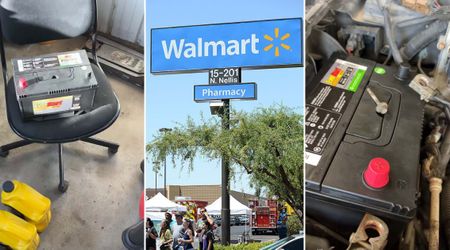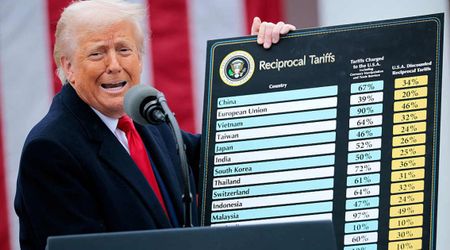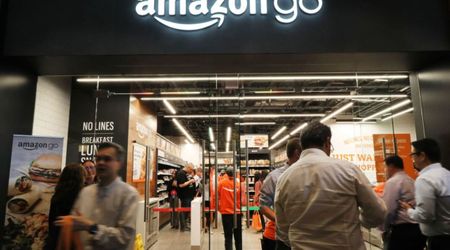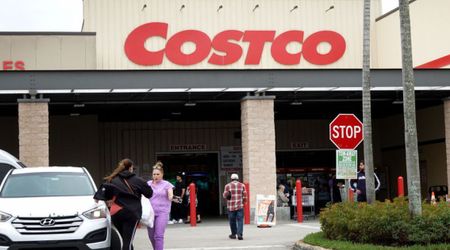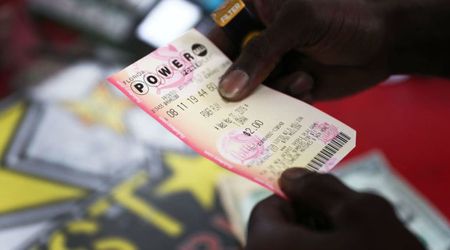9 Major U.S. Retail Bankruptcies in the Last 5 Years

9 major U.S. retail bankruptcies and a few turnarounds

In an ever-evolving retail landscape, even the giants of the industry sometimes find themselves facing insurmountable challenges. Over the past five years, several iconic U.S. retailers have experienced financial turmoil, culminating in bankruptcy filings. These cases serve as stark reminders of the fierce competition and shifting consumer preferences that have reshaped the retail sector. Let's delve into the top 9 U.S. retail bankruptcies that shook the industry.
1. ascena Retail Group, Inc.

In July of the year 2020, the corporate entity overseeing the renowned fashion brands Ann Taylor, Lane Bryant, and Loft confronted the formidable challenges of a Chapter 11 bankruptcy proceeding. Subsequently, through a meticulously executed restructuring process, it seamlessly transitioned into the fold of Premium Apparel LLC. This strategic pivot serves as a noteworthy milestone in its corporate history, emblematic of the resilience and strategic acumen that these venerable brands exhibited in navigating the complexities of financial adversity. Assets - $13.69 billion, Liabilities - $12.52 billion.
2. Sears Holdings Corp

Sears, once a towering presence in the retail world, faced a pivotal moment when it filed for bankruptcy in October 2018. This marked the culmination of a prolonged period of dwindling revenues and a relentless stream of store closures. The iconic company, which had once thrived as a retail powerhouse, ultimately succumbed to the harsh realities of a changing market landscape. This pivotal event in 2018 not only signaled the end of an era for Sears but also served as a stark reminder of the ever-evolving nature of the retail industry. Assets - $7.26 billion, Liabilities - $10.99 billion.
3. JCPenney

In May 2020, a venerable department store chain with a history dating back a century faced the daunting prospect of bankruptcy. However, a lifeline emerged as Simon Property Group and Brookfield Asset Management stepped in to rescue the struggling retailer. Their timely intervention not only prevented the historic store from succumbing to financial woes but also preserved over 60,000 jobs. Assets - $7.99 billion, Liabilities - $7.16 billion
4. Toys "R" Us

In 2017, the iconic toy store Toys "R" Us found itself teetering on the brink of bankruptcy, primarily due to its mounting debt. This financial turmoil marked a pivotal moment in the history of the retail industry. As a beloved destination for generations of children and parents, the collapse of Toys "R" Us sent shockwaves throughout the retail landscape. The company's struggle with its substantial debt load served as a stark reminder of the challenges traditional retailers faced in the evolving market, ultimately leading to its unfortunate and historic bankruptcy filing. Assets - $1 billion-$10 billion, Liabilities - $8.07 billion.
5. Neiman Marcus

Facing a daunting burden of debt, this prestigious luxury department store made a pivotal decision in May 2020 by seeking refuge in bankruptcy protection. However, this was not the end of the story but rather a transformative chapter. Through a meticulous process of debt restructuring, the store emerged from the shadows of financial distress, fortified and reinvigorated. This strategic maneuver not only rescued the establishment from the brink but also paved the way for a resurgent and more resilient presence in the competitive world of luxury retail. Assets - $7.55 billion, Liabilities - $6.79 billion.
6. J. Crew Group Inc

J. Crew, succumbing to the economic upheaval caused by the pandemic, filed for bankruptcy in May 2020, marking one of the initial casualties in the retail industry. However, it emerged from this challenging period with a lifeline of financial assistance, allowing it to keep the majority of its stores operational and continue serving its loyal customers. This resilience showcased by J. Crew serves as a testament to the brand's enduring spirit and its determination to weather the storm of unprecedented circumstances. Assets - $1.59 billion, Liabilities - $2.95 billion.
7. Tailored Brands

In August 2020, the proprietor of Men's Wearhouse made a strategic move by filing for bankruptcy. This decision, although seemingly drastic, proved to be a calculated maneuver that enabled the company to shed a significant portion of its burdensome debt. Through this financial restructuring, Men's Wearhouse managed to emerge from the bankruptcy proceedings in a much stronger position, having effectively lightened its financial load. This successful debt reduction strategy marked a pivotal moment in the company's history, illustrating its determination to navigate the challenging waters of the retail industry. Assets - $2.48 billion, Liabilities - $2.84 billion.
8. Claire's

In March 2018, Claire's, the renowned jewelry retailer, found itself grappling with financial turbulence triggered by a sharp decline in mall foot traffic. Faced with these challenges, the company made a strategic move by filing for Chapter 11 bankruptcy. This critical decision allowed Claire's to shed its burdensome debt load, paving the way for a brighter future. Emerging from the restructuring process, Claire's emerged as a more resilient and financially stable entity. Assets - $2 billion, Liabilities - $2.52 billion.
9. Nine West Holdings Inc

This American fashion company found itself in dire financial straits, prompting a bankruptcy filing in April 2018. After a challenging period of reorganization, the company successfully emerged from bankruptcy, emerging with a fresh identity under the new name, Premier Brands. This transformation marked a pivotal moment in the company's history, showcasing its resilience and determination to navigate the turbulent waters of the fashion industry. Assets - $988 million, Liabilities - $1.94 billion.
